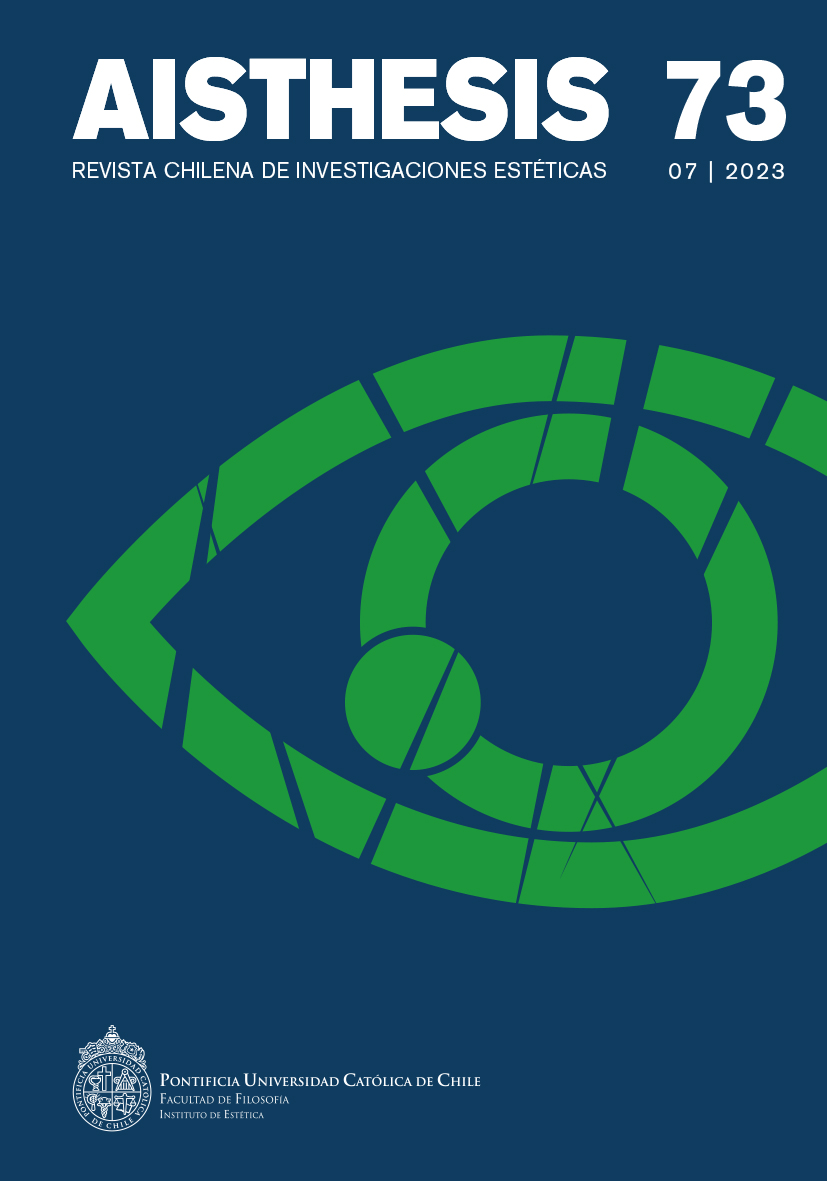Narcoandine Stories and its Topes: The Literary Narcozones of Peru, Bolivia and Chile
Main Article Content
Abstract
A literary corpus has emerged, nurtured by material from Bolivia, Chile, and Peru, known as «Narcoandine stories». These narratives propose a fresh spatialization (Pimentel 5) of drug trafficking with the distinct locations from which these works originate. These are the capital cities of Santiago, La Paz, and Lima: El enviado de Medellín, Los que sobran, Hijo de traficante, Buganvilia, and Morir en La Paz depict Santiago and La Paz, while Bioy offers a glimpse into Lima; and beyond the bustling capital cities, Tito Gutiérrez explores the Bolivian Chapare in his novels, while Ciudad berraca, La persistencia de la memoria, and Desierto portray the deserts of Chile’s northern region. El árbol de Sodoma delves into the Peruvian Amazon, while Cachorro and El cerco blanco illuminate Trujillo. This inclusive approach allows us to comprehend the phenomenon through a diverse collection of South American literary works, providing novel spatial perspectives to the Narcoliterature movement.
Downloads
Article Details

This work is licensed under a Creative Commons Attribution-NonCommercial-ShareAlike 4.0 International License.
All contents of this electronic edition are distributed under the Creative Commons license of "Attribución-shareAlike 4.0 Internacional" (CC-BY-SA). Any total or partial reproduction of the material must mention its origin.
The rights of academic works published in this publication belong to their authors., who grant to AISTHESIS: Revista Chilena de Investigaciones Estéticas the license for its use. The management of the permits and the authorization of the publication of the images (or of any material) that contains copyright and its consequent rights of reproduction in this publication is the sole responsibility of the authors of the articles
References
Álvarez Méndez, Natalia. «Hacia una teoría del signo espacial en la ficción narrativa contemporánea». Signa: Revista de la Asociación Española de Semiótica, nº 12, 2003, pp. 549-570. en https://www.cervantesvirtual.com/portales/signa/obra-visor/signa-revista-de-la-asociacion-espanola-de-semiotica--1/html/027e2832-82b2-11df-acc7-002185ce6064_47.html#I_80_
Ávila Pérez, Iván. La persistencia de la memoria. Aguja Literaria, 2021.
Becerra, Charlie. Cachorro. Editora Gráfica Real, 2020.
Bobes Naves, María del Carmen. Teoría general de la novela: semiología de «La Regenta». Gredos, 1993.
Cortés, Rodrigo. Buganvilia. El Mercurio, 2018.
González Camus, Ignacio. El enviado de Medellín. CESOC, 1993.
Gutiérrez, Tito. Mariposa Blanca. Los Amigos del Libro, 1990.
Herlinghaus, Hermann. «En torno a la narco imaginación, sus paradojas históricas y configuraciones contemporáneas». Segundo Congreso Narcotransmisiones Globales. Pontificia Universidad Católica de Chile. Consultado por última vez en marzo del 2022. https://www.youtube.com/watch?v=rnojeQh0vdo&t=4187s
Leal, Bartolomé. Morir en La Paz. Nuevo Milenio, 2012 [2003].
Leiva, Carlos. Hijo de traficante. Ediciones Caronte, 2015.
Nájar, Jorge. El árbol de Sodoma 1. La Compañía del Alto Putumayo. Editorial Summa, 2014.
––. El árbol de Sodoma 2. Un buick negro de alerones cromados. Editorial Summa, 2013.
––. El árbol de Sodoma 3. Nadie escucha el canto. Editorial Summa, 2013.
Pimentel, Luz Aurora. El espacio en la ficción, ficciones espaciales: La representación de los espacios en la narrativa. Siglo XXI, 2001.
Plaza, Daniel. Desierto. Narrativa Punto y Aparte, 2018.
Ramos Bañados, Rodrigo. Ciudad berraca. Alfaguara, 2018.
Santos, Danilo, Ingrid Urgelles y Ainhoa Vásquez (coords). «Dossier Narcozona: territorios, ciudades y fronteras del relato criminal en México y Colombia», Dossier en Taller de Letras, segundo semestre de 2018.
Slocovich, Iván. El cerco blanco. Planeta, 2017.
Soubeyroux, Jacques. «Espacio y tiempo como base para una lectura sociocrítica de “Gracias por el fuego” de Mario Benedetti». Anales de Literatura Española, diciembre 1986, pp. 439-466.
Trelles Paz, Diego. Bioy. Destino, 2012.
Valencia, Sayak y Katia Sepúlveda. «Del fascinante fascismo a la fascinante violencia: Psico/bio/necro/política y mercado gore». Mitologías hoy, vol. 14, nº1, 75-91, 2016. https://revistes.uab.cat/mitologias/article/view/v14-valencia-sepulveda/395-pdf-es
Valles Calatrava, José María. Teoría de la narrativa. Una perspectiva sistemática. Iberoamericana / Vervuert, 2008.
Zoran, Gabriel. «Towards a Theory of Space in Narrative». Poetics Today, vol. 5, nº 2, «The Construction of Reality in Fiction» (1984), pp. 309-335.
